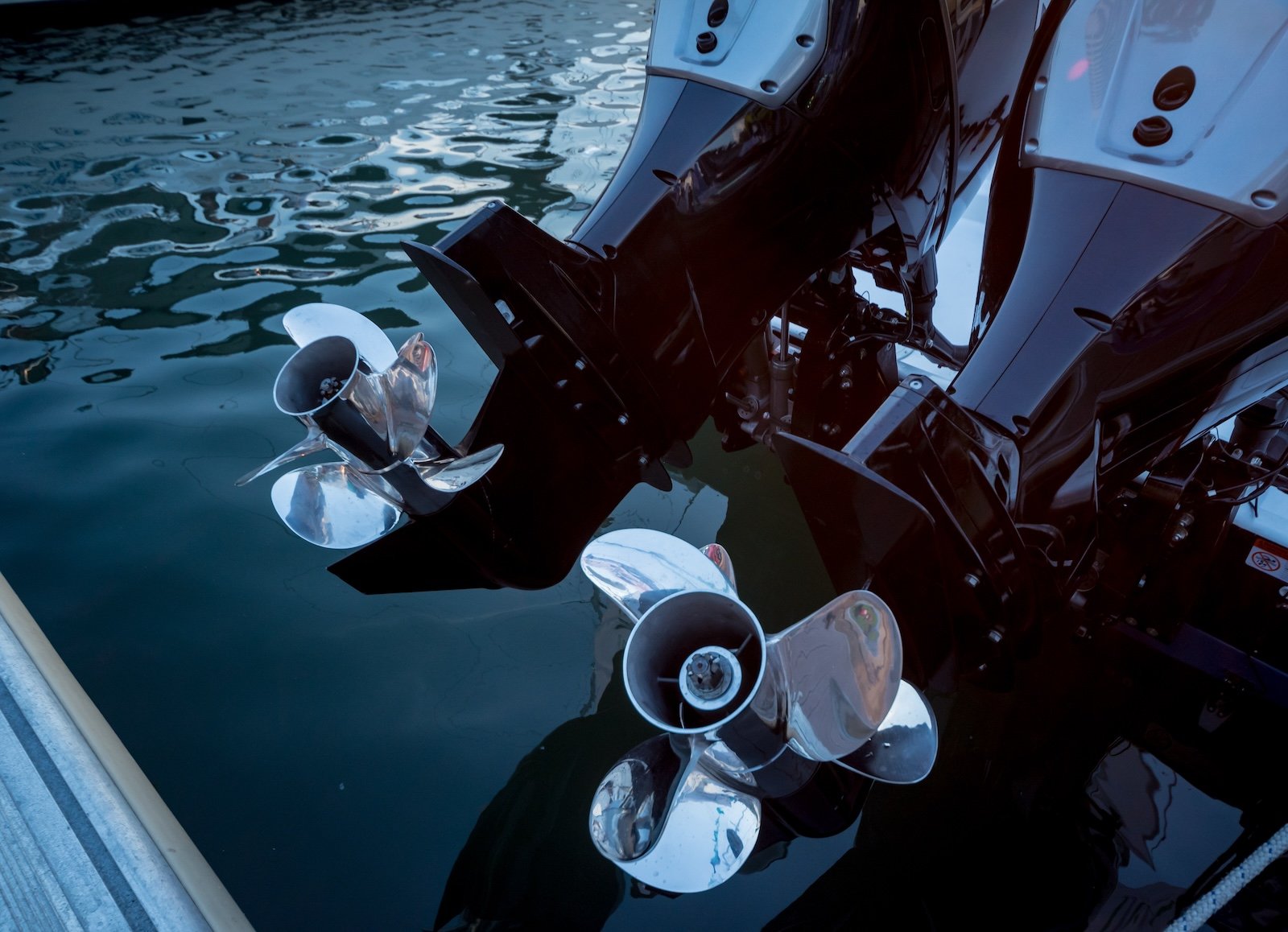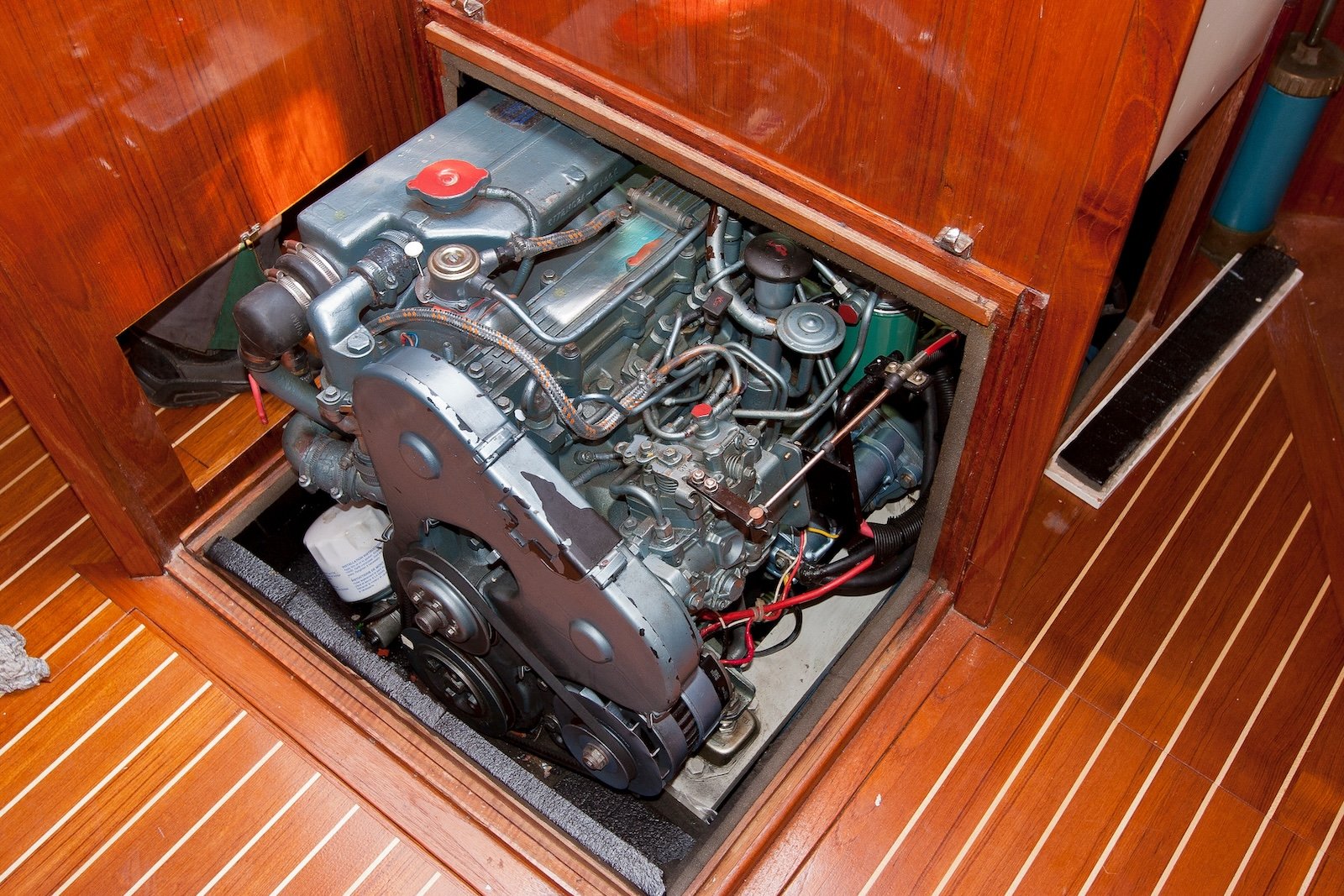Understanding the Different Types of Boat Engines
When you're gearing up for a day on the water, few decisions are as important as choosing the right engine. Whether you’re buying a boat or renting through a service like Your Boat Club, understanding the different types of boat engines can make a huge difference in your safety, performance, fuel efficiency, and overall enjoyment. From inboard motors to emerging electric options, every engine type is tailored to specific boating needs. Knowing the engine type impacts everything from boat engine maintenance to how the boat handles.
This guide will explain the major engine types, break down outboard motor vs inboard motor pros and cons, share maintenance tips, and offer a clear path to choosing the right boat for your needs.
Why Understanding the Type of Boat Engine You Have Matters
At Your Boat Club, we make boating for beginners, or “new captains”, easy by offering a variety of vessels equipped with reliable engines. So, if you've never captained a boat before, don’t worry, you’re in good company as no experience is required. Many of our members at Your Boat Club are first-time boaters or casual cruisers exploring the water at their own pace. That’s why understanding your engine is a key part of safe, confident, and enjoyable boating.
Common Types of Boat Engines Explained
This boat engine comparison will break down how different propulsion systems affect performance, maintenance needs, and ideal usage scenarios. The boating world offers several types of marine engines, each with strengths suited to different activities and boat designs. Here’s a breakdown of the main categories you’ll come across in recreational boating:
Outboard Engines
Outboards are mounted on the transom (rear) of the boat and are the most popular option for fishing boats, pontoons, and smaller trailerable boats. They’re easy to steer, maintain, and replace, making them ideal for beginners and frequent renters. Many of the boats available through Your Boat Club feature reliable outboard motors.
Example of an outboard engine that allows for easier repair and maintenance
Inboard Engines
Built directly into the hull, inboards are common in larger boats and watersports vessels. Their internal positioning improves weight distribution, leading to smoother rides and quieter operation.
Sterndrive Engines
Sometimes called inboard/outboard (I/O), sterndrives combine the inboard engine with an outboard drive unit for steering. These hybrids are common in sport boats and cruisers.
Jet Propulsion
Used mainly in personal watercraft and some shallow-draft boats, jet propulsion systems rely on water jets instead of traditional propellers. They're agile and suited for shallow environments, but they’re not typically found in our rental fleet.
Electric Motors
While still gaining traction in the mainstream market, electric boat motors are appreciated for their silent operation and eco-friendliness. They’re best for small boats and inland lakes where minimal disturbance is a priority. Keep an eye out, as availability for electric rentals may expand in the future depending on location, but at the moment they are not in our fleet.
|
Engine Type |
Pros |
Best For |
|
Outboard |
Easy to maintain, versatile |
Fishing boats, pontoons |
|
Inboard |
Balanced weight, quiet |
Watersports boats, cruisers |
|
Sterndrive |
Power + agility |
Sport boats, runabouts |
|
Jet |
Shallow water use |
PWCs, jet boats |
|
Electric |
Eco-friendly, quiet |
Small boats, inland lakes |
Outboard vs. Inboard Engines: Pros and Cons
Understanding the inboard boat engine pros and cons can help you decide if this quieter, more balanced engine type is worth the added maintenance requirements. When it comes to the best engine for fishing boat setups or recreational cruising, the choice often comes down to outboard motor vs inboard motor. Let’s break down the key differences so you can make the best decision.
Outboard Engine Pros:
Easier maintenance: Easily accessible and replaceable.
Interior space: Because the engine sits outside, you get more room inside the boat.
Cost-effective: Generally more affordable than inboards.
Outboard Engine Cons:
Weather exposure: Constantly exposed to the elements.
Noise: Can be louder, particularly at high speeds.
Inboard Engine Pros:
Quiet operation: Tucked away inside the hull.
Better weight distribution: Enhances towing and watersports performance.
Protected location: Less likely to get damaged during docking or transport.
Inboard Engine Cons:
Complex maintenance: Often requires professional servicing.
Space usage: Takes up more room within the boat hull.
Example of an inboard engine inside the bridge or wheelhouse
Still unsure? Your Boat Club makes it easy to explore boats with a few different types of engines. Whether you're booking for a weekend or the season, our team can help guide you toward the option that suits your plans and experience level. And just in case you need a little extra nudge, read this blog post to discover the top urban boating experiences from the city to the sea.
How to Maintain Your Boat Engine
No matter which engine type you choose, good boat engine maintenance is essential to keeping your adventures on the water smooth, safe, and stress-free. Routine care helps extend engine life, avoid costly breakdowns, and maximize performance. Here's what you need to know about how to maintain a boat engine year-round.
Basic Maintenance Checklist:
Change the oil regularly, usually every 50–100 hours of use or once per season, based on manufacturer guidelines.
Inspect and replace spark plugs to ensure reliable ignition and smooth operation.
Check fuel lines and filters for signs of wear, cracking, or clogs that can impact performance.
Flush the engine with fresh water after saltwater use to prevent internal corrosion.
Winterize your engine if storing in a cold climate, this includes draining fluids, stabilizing fuel, and adding antifreeze.
Seasonal Maintenance Tips (Upper Midwest)
In regions with harsh winters like the Upper Midwest, seasonal maintenance is critical. Fall winterization protects your engine from freezing temperatures. This involves draining the cooling system, fogging the engine, topping off fluids, and removing the battery for indoor storage. Come spring, perform a thorough de-winterization, including checking hoses, refilling fluids, charging the battery, and inspecting belts and wiring for damage.
Outboard engines are often simpler for DIY upkeep, while inboards may require a trusted marine mechanic. Your Boat Club ensures our fleet is professionally maintained, so members and renters don’t have to worry about a thing. You just hop in and go!
Choosing the Right Engine for Your Boating Needs
Your boating lifestyle should guide your engine choice. The type of motor you choose affects performance, maneuverability, and the kind of activities you can enjoy on the water. Here’s a quick reference for matching activities with boat motor types:
Fishing trips: Outboard engines are a favorite thanks to easy maintenance, good fuel efficiency, and excellent maneuverability in tight spaces.
Watersports (skiing, tubing): Inboard or sterndrive engines provide strong torque, smoother power delivery, and better weight distribution.
Cruising and entertaining: Larger inboards or high-horsepower outboards offer the stability and performance needed for longer, more relaxed outings.
Shallow rivers or lakes: Jet propulsion boats are ideal in low-draft environments.
Eco-conscious boating: Electric motors are great for quiet, low-speed cruises and may be available at select locations.
Not sure what engine or boating style you prefer? Your Boat Club makes it easy to explore. Most locations offer a number of different engine options, so you can test different setups to find what suits you best. We also have boat memberships to make it easy to explore the water with confidence.
Whether you’re interested in urban boating, freshwater boating, or beyond, our flexible boat club rentals and memberships take the guesswork out of boating. And if you’re thinking about boat ownership down the road, these boat buying tips can help you understand how engine type, size, and usage impact long-term decisions. Your Boat Club gives you the freedom to experience different boat types and engines, with no ownership stress required.
Get the Right Engine – and Enjoy the Ride
Choosing the right engine doesn’t have to be stressful. By understanding the types of boat engines available, along with their pros, cons, and ideal uses, you’re in a better position to make confident boating decisions. If you're interested in comparing features, learning about engine types for pontoons, or exploring the differences between boat horsepower options, knowledge is power in this process.
The best part? When you rent or become a member with Your Boat Club, much of the engine decision is handled for you. We take care of maintenance, storage, and servicing, so all you have to do is climb aboard and enjoy the ride.
So why stress about the engine? Let Your Boat Club handle the heavy lifting while you focus on the fun. Find a location near you, explore your options, and hit the water with confidence.



